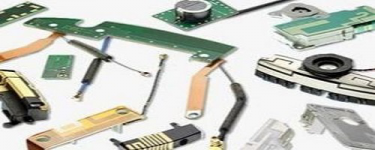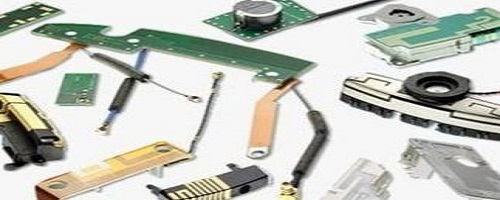
Do you know some details of high-speed connector design?
“Do you know how to get some details of high-speed connector design? Connectors should be familiar to all engineers. This is one of the very common components, which is the bridge between the devices. How to optimize the design of high-speed connectors, in fact, there are rules to follow. Below we will give you these six details for popular science, hurry up and learn~
“
Do you know how to get some details of high-speed connector design? Connectors should be familiar to all engineers. This is one of the very common components, which is the bridge between the devices. How to optimize the design of high-speed connectors, in fact, there are rules to follow. Below we will give you these six details for popular science, hurry up and learn~

1. Signal
The key to optimizing high-speed connections is to ensure the smallest amount of signal loss. Once the bandwidth of the connection is identified, the s parameter can be further explored to fully understand the nature of the connection. Collecting a comprehensive understanding of these aspects allows users to understand the potential of high-speed connections. These s-parameters are metrics used by manufacturers to classify connector speeds and should be taken seriously. You should also pay careful attention to the s-parameter in the time domain, which is a measure of the signal’s performance in relation to time.
2. PCB termination options
Designers must also consider the importance of PCB termination options. These options include: surface mount, press fit and in-hole soldering (PIH). Each of these options has its pros and cons. The reason why press-fit terminals are a reliable choice is their durability. These rugged connections are very safe to connect to the PCB, but it poses a challenge for the high-speed connections that users usually require, making it difficult to route signals out of the PCB with high-density connectors. Because the terminal style usually requires more layers in the PCB, this will lengthen the signal path, produce higher frequency discontinuities, and may inhibit signal speed.
3. Surface mount terminal
The design of the surface mount terminal is more sensitive to impedance matching, and the designer can choose to directly establish a connection with the PCB. They are internal connections called “buried vias” in the circuit board, which are more effective than press-fit terminals to improve frequency response. This method is more effective for high frequencies that experience losses in press-fit options, but they are hardly durable and usually require additional mounting hardware to establish the safety connectors provided by press-fit alternatives.
4. Paste hole terminal
The paste hole terminal contains the characteristics of the first two styles. The PIH style uses electroplated pin holes to solder the contacts into the PCB, similar to a press fit. The obvious difference between the two styles lies in the length of the pins of the PIH type and the holes they use. The pins are much shorter, allowing drilling to reduce unnecessary stubs on the signal. Although the signal stub is related to the signal length on the transmission line, unfortunately, the density of these patterns hinders communication with the PCB.
5. Contact
When deciding which style to use in the system, the contacts in the mating connector must be considered. The designer can make a variety of choices when determining the contact configuration, which is very similar to the termination alternative, and each of these options has its own advantages and disadvantages. An edge-mounted connector is one of this configuration. It is connected to the PCB with a narrow rod equipped with a spring to achieve higher continuity. However, shock and vibration pose a threat to the integrity of the connection under pressure, and safety may require additional reinforcement.
6. Crimp connection
Crimp connections are more commonly used for connections under stress that edge mount connectors may not be able to handle. It uses a rod and spring design similar to the edge-mounted connector, but provides additional features that give it an advantage in high pressure situations. These connectors are very reliable due to the multiple contact points that allow connection. The pin layout, springs and additional functions enable tight connections and reduce resistance to signal flow. Although the connection is tight, the length of the contacts can cause problems. They sometimes exceed the length of edge-mounted connectors, which in some cases can limit continuity.
The Links: FP30R06YE3 SKM400GB124D PM800HSA120



